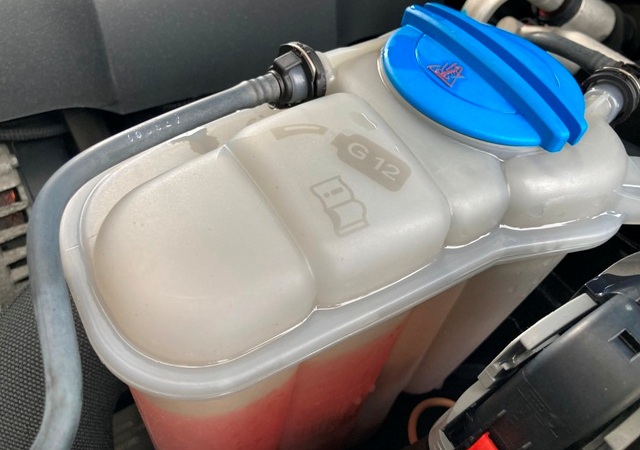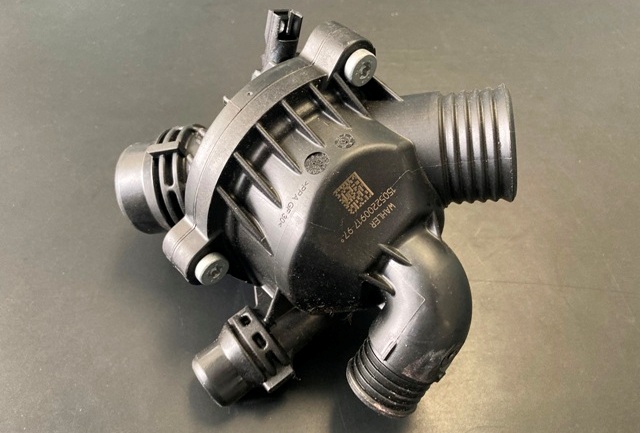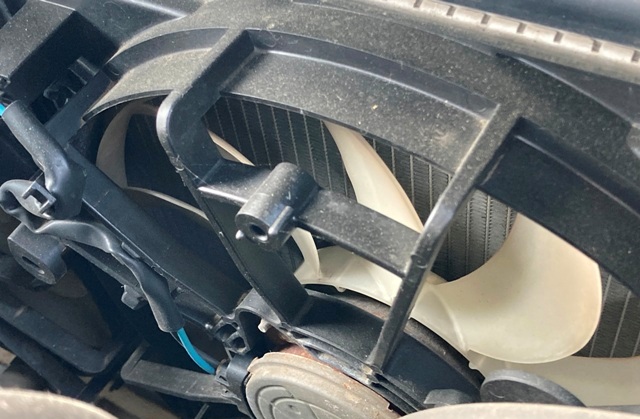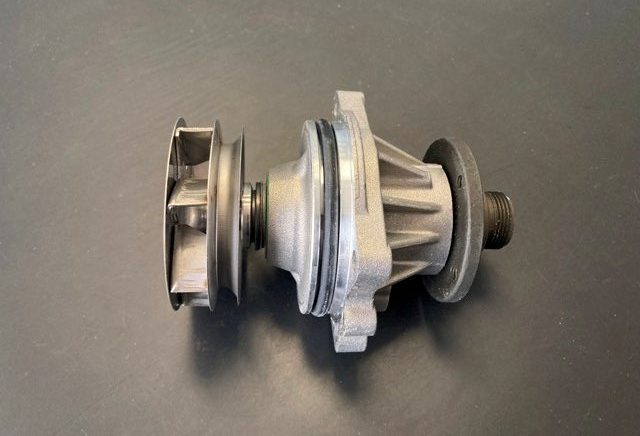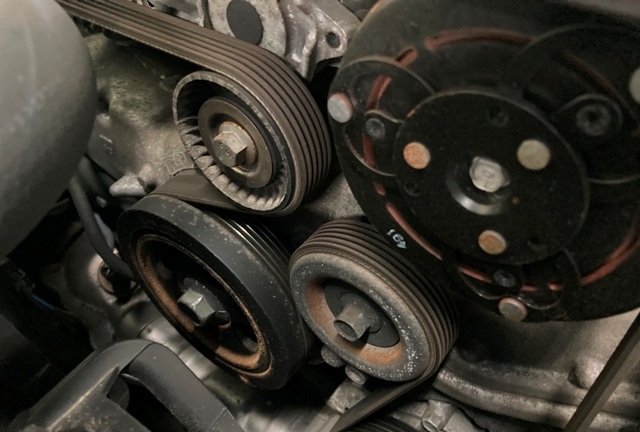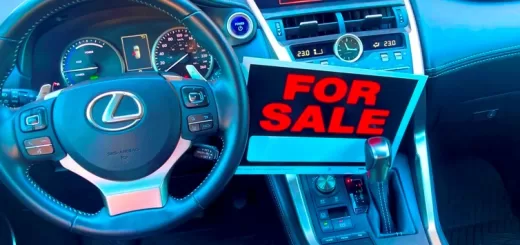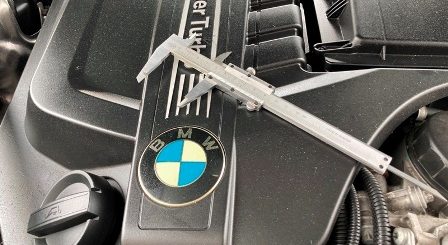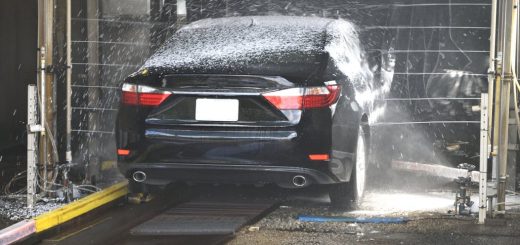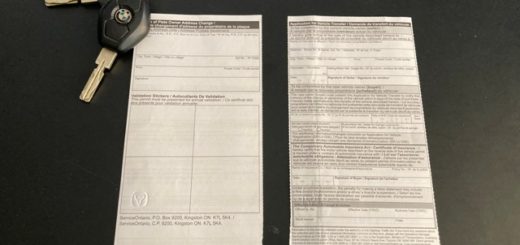What is Engine Temperature Warning Light
What is Engine Coolant Temperature Warning Light: Modern cars have engine temperature monitoring and warning systems to protect engine from overheating.
Overheating will severely damage an engine resulting in blown head gasket, warped cylinder head, warped cylinders, cracked engine block. These kind of damages in most cases are fatal to engine and fatal to a car too. Repairs might cost more than a replacement engine or cost more than a car is worth.
Engine Temperature Warning Light Blue Color
Blue coolant temperature light does not indicate a problem and is just an information light. Its displayed when engine is cold (mornings usually) as notice to driver that engine has not reached normal temperature. As soon as engine reaches normal operating temperature, blue warning light turns off.
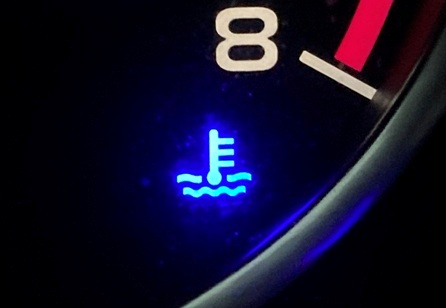
Coolant Temperature Warning Light Red Color
This is a serious warning to driver that something is wrong with cooling system, engine is overheating and severe damage will happen shortly if engine is not turned off.
Engine coolant temperature is measured by Coolant Temperature Sensor which provides information to ECU or Engine Control Unit. Temperature gauge (if you are lucky and your car has one) is controlled by ECU (Engine control unit) and will display engine temperature when car is running.
Temperature light is a warning provided to driver that engine has passed maximum allowed temperature and is overheating. Red coolant temperature warning light looks like a thermometer immersed in water.
(If you are also looking for a fast and easy solution to sell your car, more here on “How To Sell Your Car Fast In Ontario”. )
What Causes Temperature Warning Red Light
Culprit in most cases for engine overheating is cooling system. Cooling system is what keeps engine at optimal operating temperature at all time, failure of cooling system will results in engine overheating.
Some common issues of cooling system are:
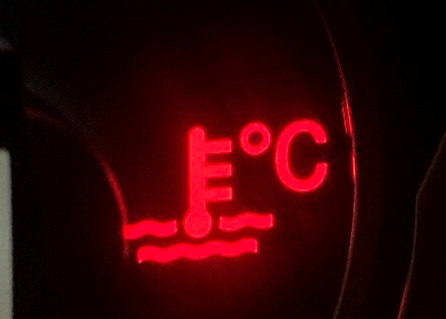
1) Low Coolant or Low Water Level
Coolant keeps a steady temperature on internal combustion engines. Low coolant level will cause overheating and trigger temperature light warning and low coolant light warning. Driving while engine is low on coolant can cause irreversible damage to your engine. You might damage head gasket or warp engine head, both are very expensive to repair.
Check coolant level on overflow tank and refill if necessary. Water will do fine in an emergency if you don’t have antifreeze. However, coolant does not just evaporate, usually there is coolant leak if coolant level is too low. Do open coolant reservoir cap right away. Wait for 10 minutes or so for system pressure to stabilize before opening radiator cap to add coolant.
2) Thermostat Stuck in Closed Position
Thermostat regulates engine temperature by allowing coolant to flow to radiator and remove heat from engine. Failure of engine thermostat will always cause engine overheating. Thermostat failure is one of most common engine overheating causes.
There are some types of thermostats designed to fail in open position to prevent overheating, but most fail in close position causing overheating and triggering coolant temperature red warning light.
Do not drive if your thermostat fail. Engine will most certainly overheat and result in engine destruction if driven while overheated. Thermostats are usually not expensive, about $50 to $150 depending on vehicle brand and engine design. Of course, you will have to pay for labor too.
3) Radiator Cooling Fan Failure
Radiator cooling fans are designed to remove heat and cool radiator. Failure of cooling fans will cause overheating in certain conditions. Failure of radiator fans usually manifest when vehicle idling in traffic.
When a car is up to speed, radiator will be cooled down by air flow generated naturally. However, when a vehicle is idling, radiator fans take over to remove heat from radiator. If you suspect radiator fan failure or your engine temperature raises, turn off air conditioning.
Radiator fan failures are caused by:
- Electric radiator fan failure
- Blown radiator fan fuse
- Radiator Fan control unit failure
- Coolant temperature sensor failure
- Radiator Fan relay failure
4) Engine Water Pump Failure (electrical or belt driven)
Water pump is what circulates coolant continually from your engine to radiator. Water pumps can be electrical or belt driven. In both cases failure of water pump will always result in engine overheating. Details on What to Do if Your Car Overheats.
In case of serpentine belt failure, water pump will not be powered anymore and engine will overheat. Check serpentine belt condition if you get a coolant temperature warning light. Electrical water pumps on the other hand are not driven by serpentine belt but usually fail as a consequence of electrical motor failure.
Common symptoms of water pump failures are:
- Engine overheating
- Whiny noise coming from water pump. In this case water pump bearings are failing.
- Coolant leaks. When water pump bearing of gasket fail, coolant will leak causing engine overheating.
- Steam from radiator as a result of water pump failure and engine overheating.
5) Serpentine Belt Failure
As we previously said, some engines have serpentine belt driven water pumps. If serpentine belt fails water pump will stop working, engine will overheat and coolant temperature light will be triggered.
Check serpentine belt periodically for dry rot and cracks. Replace serpentine belt if condition is in doubt. Serpentine belt failure makes your car undrivable and will leave you stranded somewhere. Car will have to be towed as all systems which driven by serpentine belt will be inoperative.
Open hood and check serpentine belt if your car overheats to see if serpentine belt is the cause engine overheating.
6) Radiator Blockage
Radiator removes heat from your engine and keep engine at peak operating temperature. Coolant is circulated by water pump from engine to radiator and back to engine. Coolant heat is removed by radiator using natural air flow when vehicle is at high speed or radiator electrical fans when vehicle is idling in traffic.
If radiator suffers internal failure or is clogged, coolant will not be able to flow and engine will overheat. Clogged or blocked radiator will also cause water pump damage. Water pump will overheat and fail if coolant flow is stopped by a radiator blockage.
What to Do if Your Car Overheats.
7) Head Gasket Failure
Head gasket failures are rare (except on flat engine where are not rare). However, in certain cases will leak exhaust gases inside cooling system, if that happens engine will overheat.
Common symptoms of head gasket failure are:
- Coolant in engine oil. When head gasket fails internally, in some cases will leak inside engine and mix with engine oil. Engine operation will be compromised as engine oil will lose lubricating properties. Engine oil will turn into a thick white foamy compound. If you suspect head gasket failure, open engine oil cap and look for white thick mixture.
- Engine knock. When head gasket fails will cause engine to lose compression. Normal operation of engine will be compromised and you will get rough idle, engine knocking, stalling and engine misfires.
- Low coolant level. As we said previously, if head gasket fails and leaks coolant inside engine then you will get low coolant level. Coolant will evaporate due to engine heat and will cause engine overheating.
- White Smoke. Clear sign of head gasket failure. White smoke indicated coolant is leaking inside engine and is burning inside engine cylinder chambers. Coolant level will steadily drop when coolant leaks internally and is consumed by engine.
- High pressure on cooling system hoses. If your car is overheating and cooling system rubber hoses are hard to the touch, then you might have a head gasket failure. In this case, head gasket is leaking exhaust gases inside cooling system causing high pressure.
- This situation will always result in engine overheating. Open coolant reservoir cap with engine running and check for bubbles, bubbles on coolant reservoir are an indication of head gasket failure.
What to do if Temperature Warning Comes On
Temperature warning light is designed to give driver notice in advance, but not much. Do not drive more than few minutes or few kilometers when red coolant temperature warning red light is displayed.
If temperature warning light comes on while driving, monitor it for couple of minutes and pull over when safe. Open heat on max temperature and on full blast until you can pull over.
- Do not panic, situation is nor critical to your safety
- Turn air conditioning off
- Open heat at full blast on max temperature setting
- Pull over when safe to do so
- Turn engine off immediately after you stop
- Do not drive your car anymore, call a tow truck
Doesn’t take much to blow up an engine by driving while engine is overheating. Severe damage will occur to your engine if you keep driving after you get a temperature warning light. Safest way to play it, pull over immediately or as soon as safe to do so. Turn engine off and call a tow truck.
Details on How Engine Cooling Works by Haynes.
(If you are also looking for a fast and easy solution to sell your car, more here on “How To Sell Your Car Fast In Ontario”. )
Comments: If you have any questions or suggestions related to this post or Used Car Toronto in general, don’t hesitate to use comment section below.


